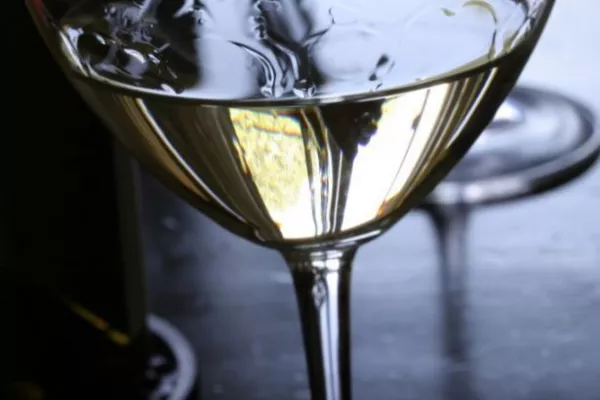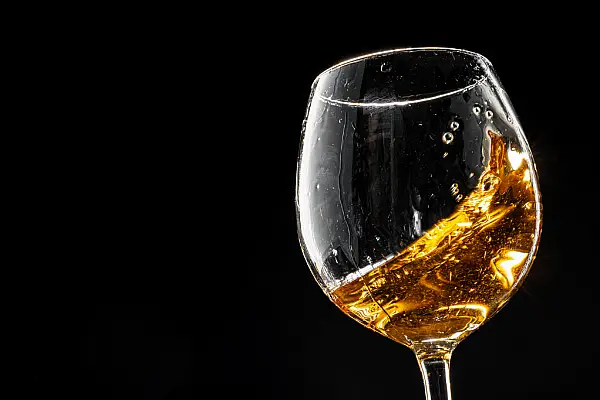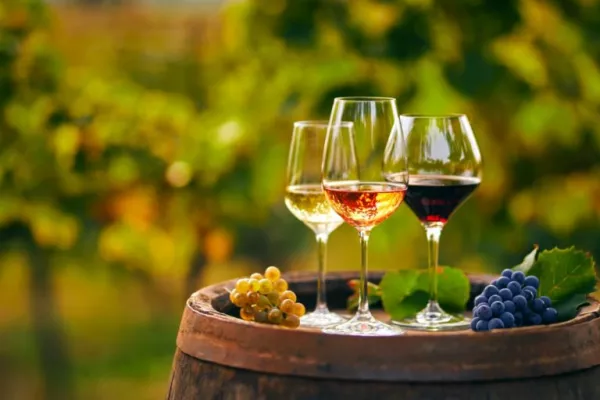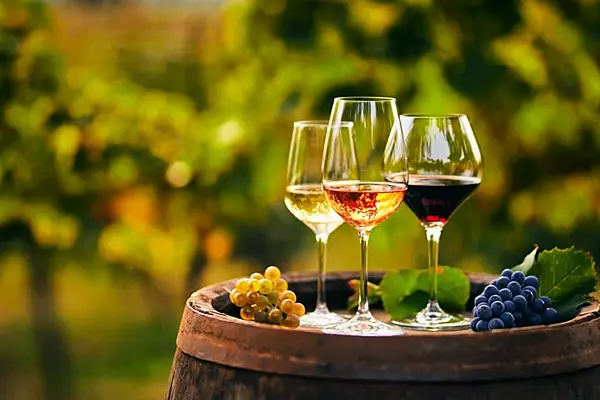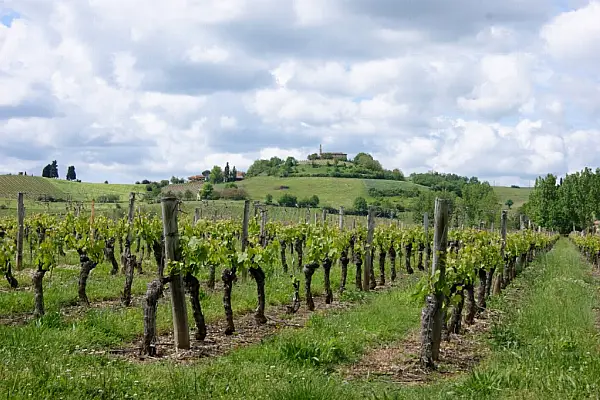As spring sun blazed in blue skies over Bordeaux on Friday, 31 March, I set out to taste nearly 500 barrel samples of red and white wines in the legendary French region, writes Elin McCoy.
My mission was to discern how the 2016 vintage stacks up against the superb 2015s I tried last year.
I’m not going to beat around the bush: The best wines from this vintage are exceptional, with plenty of superstars as impressive as, or much better than, their 2015 versions. Many chateau owners feel the wines are the best they’ve ever made. (Of course, I’ve heard that before.) The style of 2016 is different and enticing: The wines brim with fresh, floral aromas and cool red fruit flavors, silky textures, complexity, and smooth, tightly packed tannins.
Interest in the vintage was high–6,500 merchants descended on the city, compared with 4,500 last year. Chateau Mouton-Rothschild welcomed 2,000, Pichon-Baron 1,200. The Chinese were out in force. I myself traveled more than 500 miles, north to the Medoc, east to Saint-Emilion and Pomerol, and south to the Graves and Sauternes.
Here’s what I learned: 2016 is more variable than I expected, but I found terrific wines at every price level and in every appellation.
The Big NamesThe first growths all shine brightly. One thing that struck me was how good the second wines from top properties are, as well as those from smaller estates, a sure indicator of the vintage’s high quality. At Chateau Pichon-Lalande, second wine Reserve de la Comtesse was stunning, while Chateau Leoville-Las Cases’s small estate Potensac made its best wine ever. On the other hand, with a few exceptions, the dry and sweet whites aren’t as stunning as the best reds.
With nearly constant rain from January to mid-June, followed by debilitating drought from then until, finally, a surprise Sept. 13 rain saved the day, 2016 wasn’t an easy “armchair” vintage. It took careful work and planning to get the grapes across the finish line.
Olivier Berrouet of Chateau Petrus explained, “You had to pick each block of vines at the right moment, and be gentle in each decision. The road to balance was very narrow.”
The soil and the age of the vines were the keys to success, according to Edouard Moueix, whose family owns many Pomerol and Saint-Emilion estates. Vineyards with clay and limestone, which hold water, suffered no stress during the drought. Those planted on gravel and sand often did.
Interestingly, the long fall harvest season, with cool nights and warm days, resulted in wines that have less alcohol. First-growth Chateau Haut Brion and La Mission Haut Brion, with nearly 15 percent alcohol in recent years, are back to more normal levels like 14 percent and more attractive as a result. Many chateaus produced about 20 percent more wine than they did in 2015.
There were so many superb wines that it was difficult to pick my top 18 and 10 best values listed below. Besides those, I’d single out chateaus Angelus, Beychevelle, Belair-Monange, Calon Segur, Canon, Cheval Blanc, Haut-Bailly, La Conseillante, Leoville-Barton, Pichon-Baron, Haut-Brion, Margaux, and Vieux-Chateau-Certan.
Over the next few months, you will have the option to buy the wines while they’re still in the barrel, in the form of futures. (The prices for my top 18 in the 2015 vintage ranged from $55 to $3,000.) Whether to invest in a specific 2016 wine or not, as always, will depend on the price, something few owners want to discuss right now. (They’ll release prices of the wines over the next two months; for instant notification, subscribe to Millesima USA’s new wine futures alert system at millesima-usa.com.) But for those who want to just look forward to great wines in the future, know that these famed estates will be offering winners at the table for yet another year in a row.
My Top 18 Chateaux for 2016(Listed in alphabetical order)
Ausone: Hugely rich and perfumed, it will be deservedly expensive; the “bargain” from this chateau is the best second wine I tasted, Chapelle d’Ausone.
Clerc Milon: Owned by Mouton-Rothschild, this chateau made its best wine yet, with powerful, super polished, and vivacious flavors.
Cos d’Estournel: This is the best young wine I’ve tasted from Cos; it’s suave, sophisticated, savory, and spicy.
d’Issan: This stylish, cassis-scented Margaux has amazing delicacy and purity of fruit, given that it sells below $100.
Ducru-Beaucaillou: Long and powerful with dark, intense fruit, this has layer after layer of complexity.
Figeac: Almost perfect, this wine is soft, dense, structured, and complex; it’s better than the 2015, which sold out to merchants in 42 minutes.
Lafite Rothschild: Dense, serious, and expansive, the wine’s long, complex, subtle flavors unroll in layers.
Lafleur: The satiny texture and dense, plushy cassis flavors are filled with bright energy.
Leoville-Las Cases: A colleague called this wine “monumental.” It’s brilliant and sumptuous, with super pure fruit.
Le Pin: Totally seductive. This expensive Pomerol from a tiny cult estate is another “wow” wine, super intense, with soft sensual fruit flavors.
Montrose: Along with a gorgeous purple-y color and powerful tannins, this wine is also round, rich, and super classy.
Mouton Rothschild: Smooth and powerful, with cocoa-and-violets aromas and a dark, deep power.
Palmer: Sophisticated and velvety, it’s also wonderfully aromatic with a very long, pure aftertaste.
Petrus: I loved the sensuality of the 2015; the 2016 is more elegant and structured.
Pichon-Lalande: This gorgeous wine brims with succulent fruit flavors, spicy aromas, and a super polished texture.
Pontet-Canet: Aromatic, polished, and smooth, it has an especially silky texture.
Rauzan-Segla: This scented Margaux is deep, floral, and fragrant, better than 2015.
Trotanoy: A favorite in the Moueix portfolio, this has a core of savory elegant fruit and powerful tannins for the long haul.
Ten Top Values(In the bottle, these wines will range from about $22 to $40)
Capbern: Owned by Calon Segur, this Saint-Estephe wine shows a lot of plush, seductive fruit for its price.
Corbin: Very fresh, savory blackberry flavors and bright floral aromas mark this always well-made wine.
Lagrange: Plump, smooth, and satisfying, this Saint-Julien really delivers, as does its second wine Fiefs de Lagrange.
Lalande-Borie: Every wine in the Chateau Ducru-Beaucaillou stable is terrific; this one has exceptionally lush fruit and structure.
Phelan Segur: This velvety Saint-Estephe red comes from a chateau owned by the family behind Taillevant restaurant.
Pibran: Part of Chateau Pichon Baron’s portfolio, this wine is loaded with seductive red fruit flavors.
Potensac: This is the best-ever vintage for this intense, berry-flavored red in Leoville-Las Cases’s portfolio.
Puy Blanquet: Plump and sweetly fruited, this Saint-Emilion from the Moueix lineup has charm and mineral overtones.
Reserve de la Comtesse: The second wine of Pichon-Lalande is juicy and succulent, with lovely structure.
Siran: This year the wine has more elegance, intensity, and delicious juicy red fruit flavors.
Four DisappointmentsMaucaillou: There’s an overpowering taste of oak on top of harsh tannins in this red from Moulis-en-Medoc.
Grandes Murailles: Thick, syrupy, and odd.
Balestard La Tonnelle: Strange aromas and odd synthetic flavor notes mark this Saint-Emilion grand cru classe.
Grand Mayne: Ick Green flavors and bitter notes make this Saint-Emilion unappealing.
News by Bloomberg, edited by Hospitality Ireland
